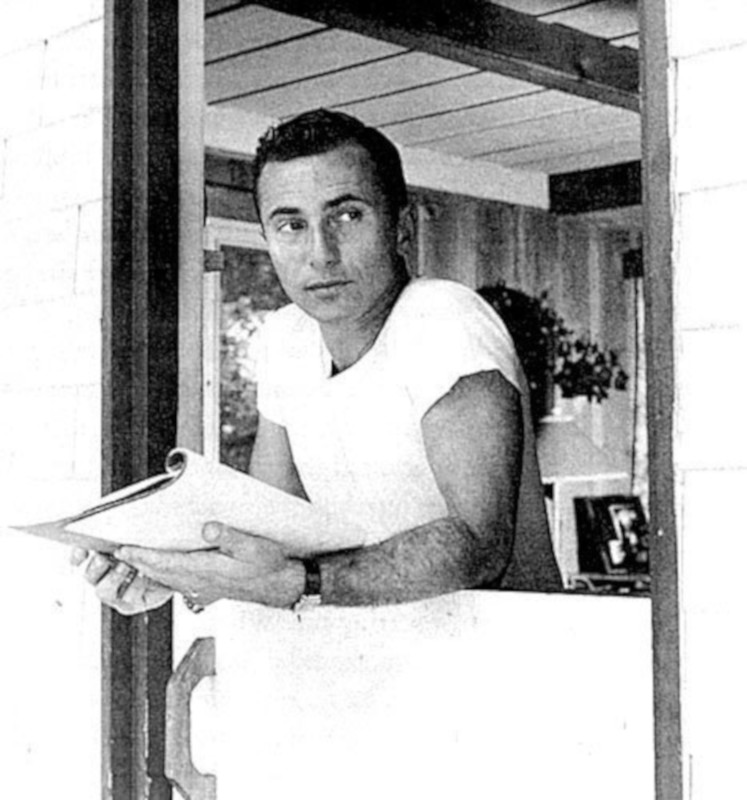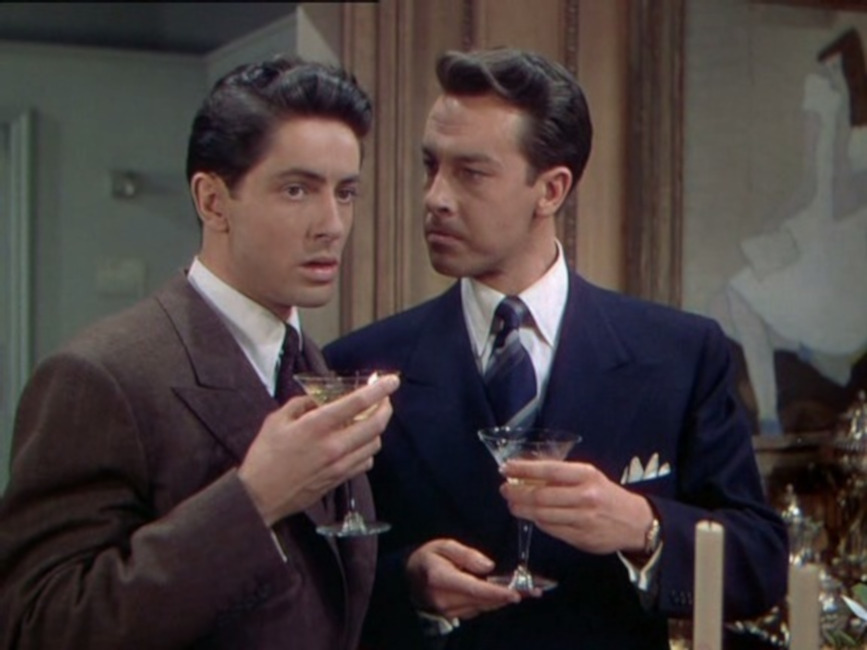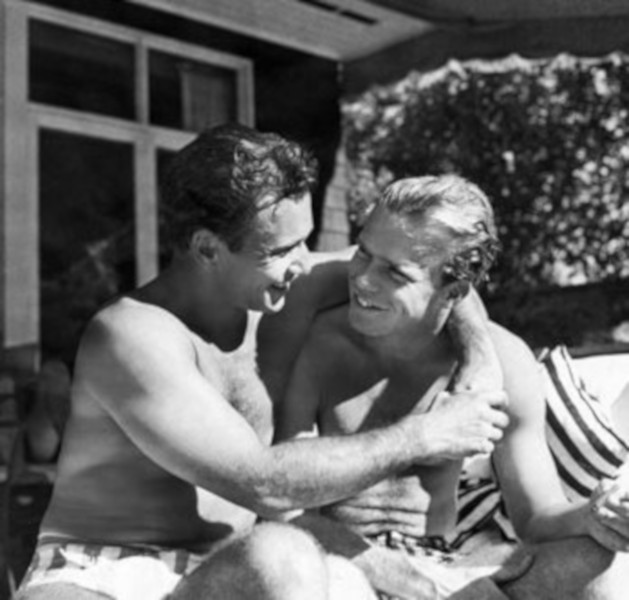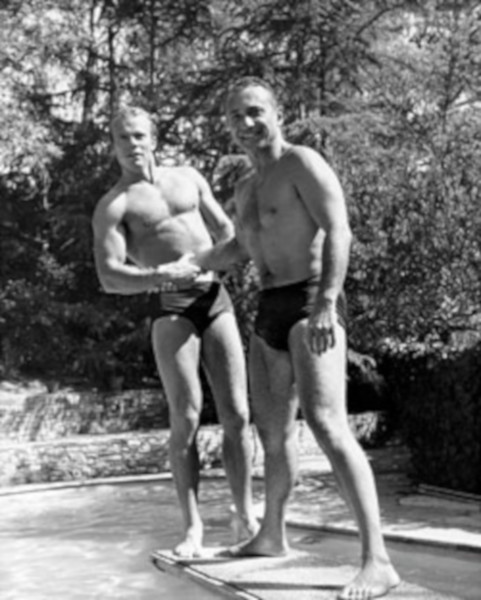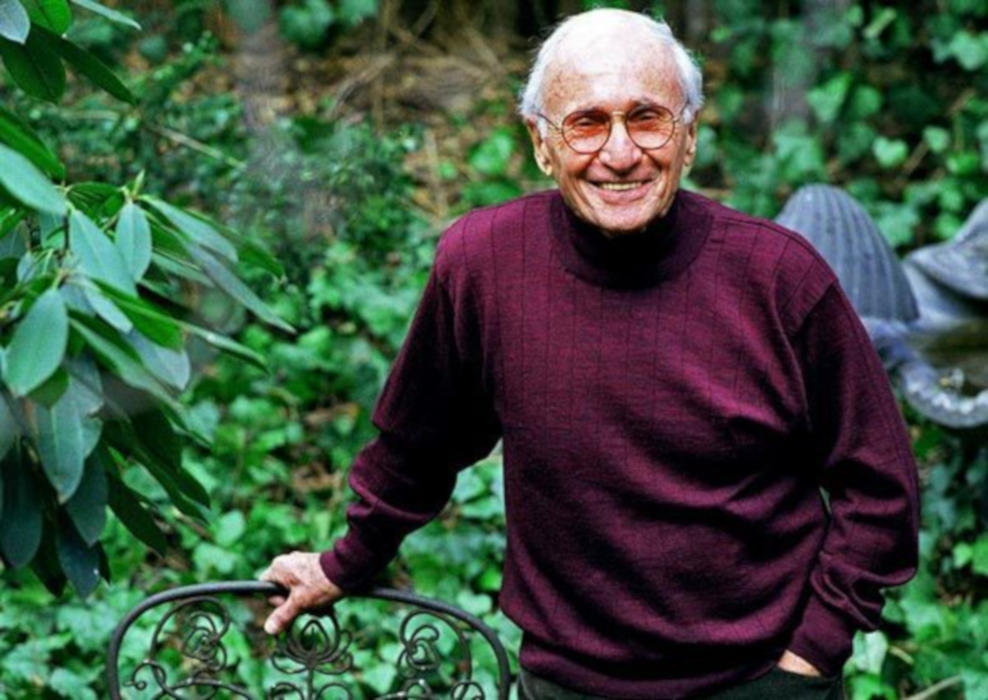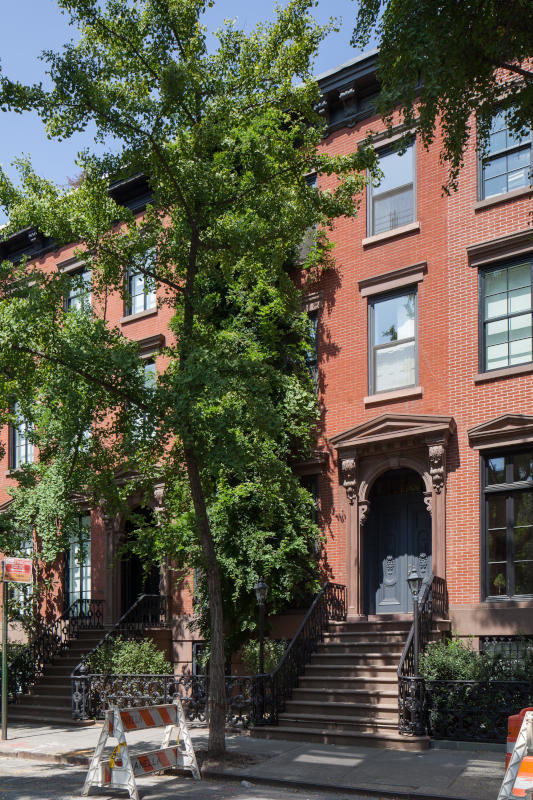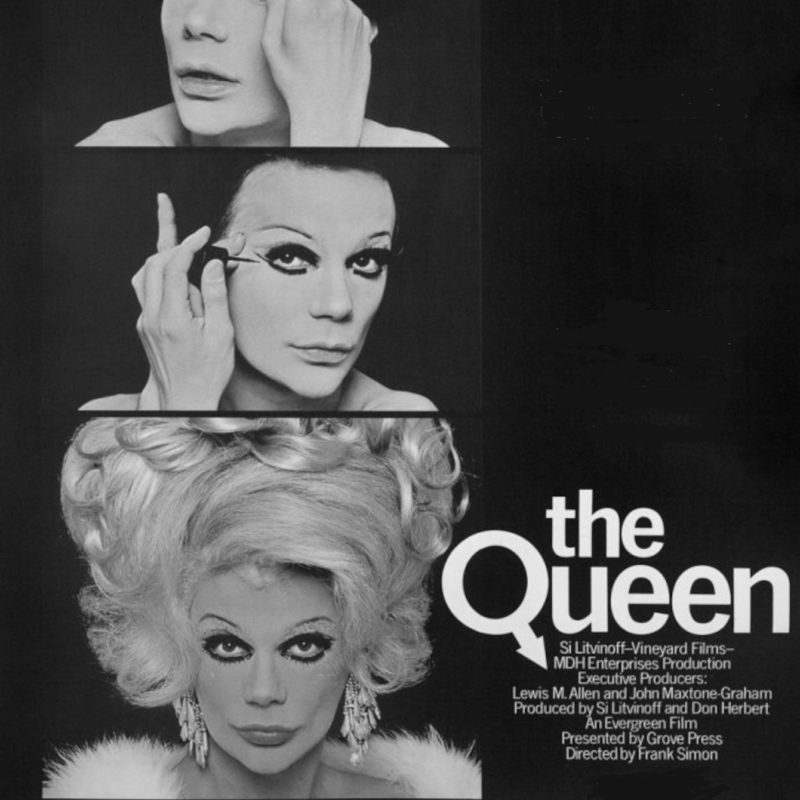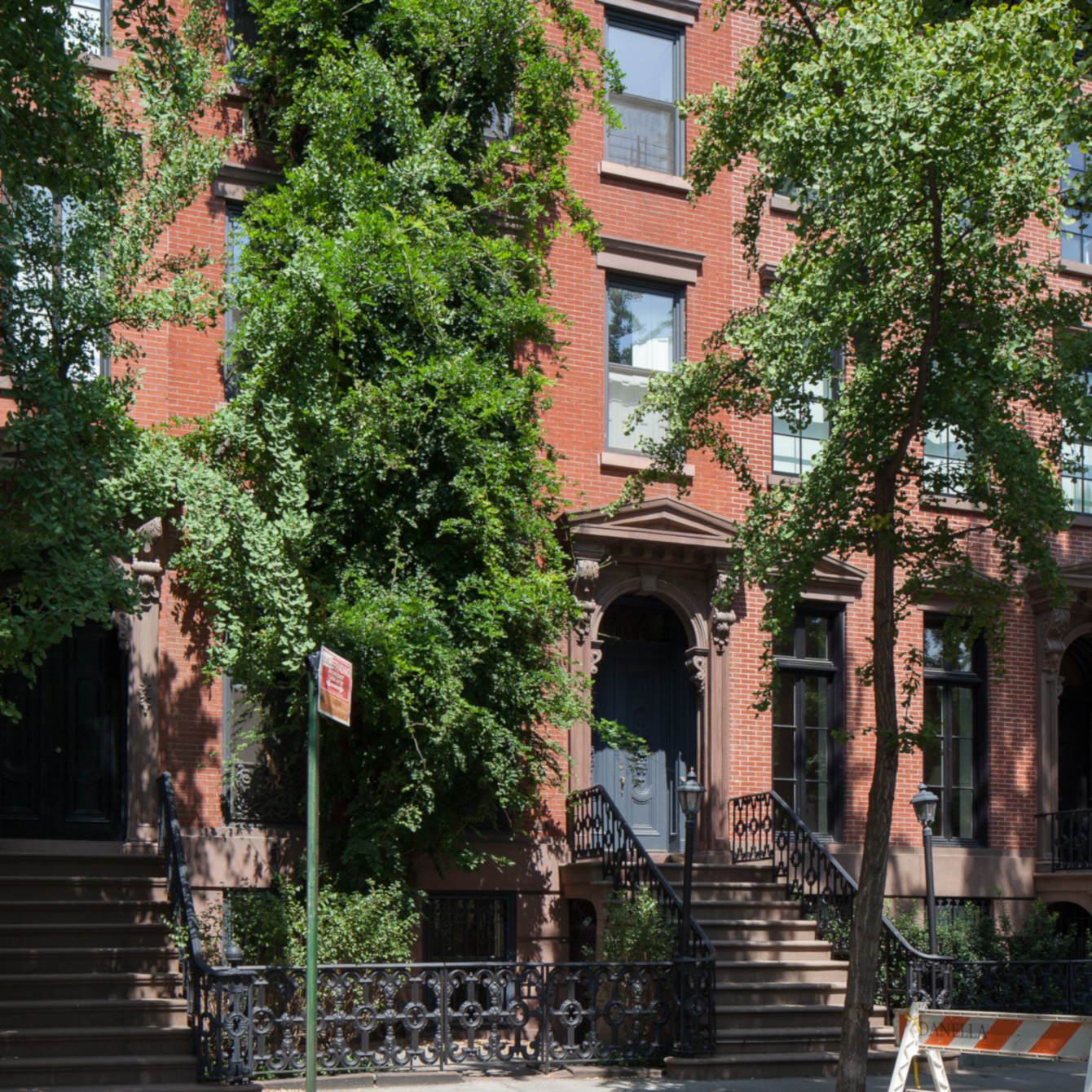
Arthur Laurents & Tom Hatcher Residence
overview
Playwright, screenwriter, librettist, and director Arthur Laurents lived in this house, with Tom Hatcher, his partner of 52 years, from 1960 until his death in 2011.
Laurents is best known for his work on Broadway, including three major musicals – West Side Story, Gypsy, and La Cage aux Folles.
History
Arthur Laurents (1917-2011) was born Arthur Levine in Brooklyn and raised in a middle-class Jewish household in Flatbush. After graduating from Cornell, Laurents was drafted, and was assigned to write radio propaganda scripts and film screenplays for the army at the Army Pictorial Center (currently Kaufman-Astoria Studios) in Astoria, Queens, where he worked with leading Hollywood figures, including George Cukor. Laurents took full advantage of the sexual freedom New York City offered during the war:
Everything was rationed except the two things everyone wanted most: sex and booze. The city reeked of sex. . . . I whirled in a blender of sex and booze.
Laurents’ first play, Home of the Brave, was produced on Broadway in 1945. Shortly after he moved to Hollywood, where his most successful early screenplay was for Alfred Hitchcock’s Rope (1948), a film about two young men, who, under the influence of their mentor, commit the “perfect” murder. All three major characters were gay, but the Hollywood censorship code forced Laurents to write with great subtlety (he believed that James Stewart, who played the mentor, never realized that his character was gay). Laurents was especially delighted to work on this project because it starred his lover at the time, Farley Granger, who co-starred with John Dall.
Laurents was not especially happy in Hollywood. When he was blacklisted because of his leftist leanings (he was never a member of the Communist Party), he and Granger went on an extended trip to Europe. Upon returning to New York, Laurents wrote his most successful play, The Time of the Cuckoo (1952; in 1965 he turned the play into the musical Do I Hear a Waltz?). As the blacklist eased, Laurents worked in Hollywood (screenplays for Anastasia, 1956 and The Way We Were, 1973, among others) and wrote plays for regional theater, several with gay texts or subtexts.
Laurents’ biggest hits came in musical theater. In 1957, he, Leonard Bernstein, Jerome Robbins, and Steven Sondheim collaborated on West Side Story, and two years later, he, Robbins, and Sondheim created Gypsy. In 1960, following the success of these two musicals, Laurents purchased 9 St. Luke’s Place, an Italianate style brick and brownstone rowhouse built in 1851. It was, wrote Laurents, the “house where I had dreamed of living when I got out of college: in Greenwich Village.” He moved in with his long-timer partner, Tom Hatcher (1929-2006). While in Hollywood in 1954, Gore Vidal had suggested that Laurents might enjoy meeting Hatcher, a young actor who was working in an upscale men’s store. Laurents visited the store and ”it was lust, not love, at first sight,” but it developed into an intensely loving relationship that lasted 52 years, until Hatcher’s death.
Laurents also began directing; in 1962 he directed the musical I Can Get It for You Wholesale, which introduced Barbra Streisand, and in 1964 wrote and directed Anyone Can Whistle (music and lyrics by Sondheim), a flop that became a cult favorite. Laurents won a Tony Award for his direction of La Cage aux Folles (1983), a musical about drag performers with a book by Harvey Fierstein and music and lyrics by Jerry Herman.
Laurents died in his St. Luke’s Place house in 2011.
Entry by Andrew S. Dolkart, project director (August 2019).
NOTE: Names above in bold indicate LGBT people.
Building Information
- Architect or Builder: unknown
- Year Built: 1851
Sources
Arthur Laurents, Original Story By: A Memoir of Broadway and Hollywood (New York: Alfred A. Knopf, 2000).
Arthur Laurents, The Rest of the Story (New York: Applause Theatre & Cinema Books, 2011).
John M. Clum, The Works of Arthur Laurents: Politics, Love, and Betrayal (Amherst, NY: Cambria Press, 2014).
Do you have more information about this site?
This project is enriched by your participation! Do you have your own images of this site? Or a story to share? Would you like to suggest a different historic site?
